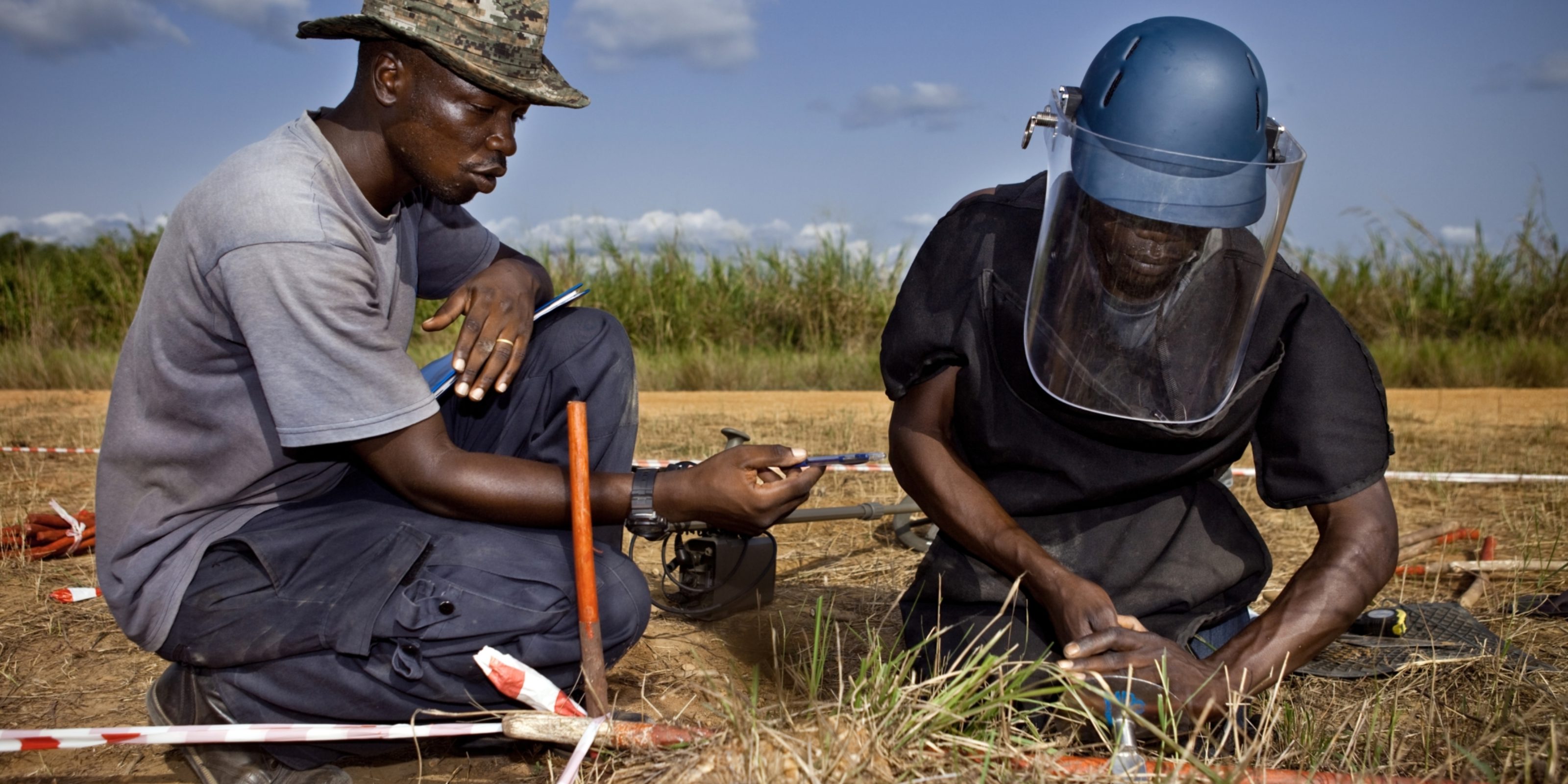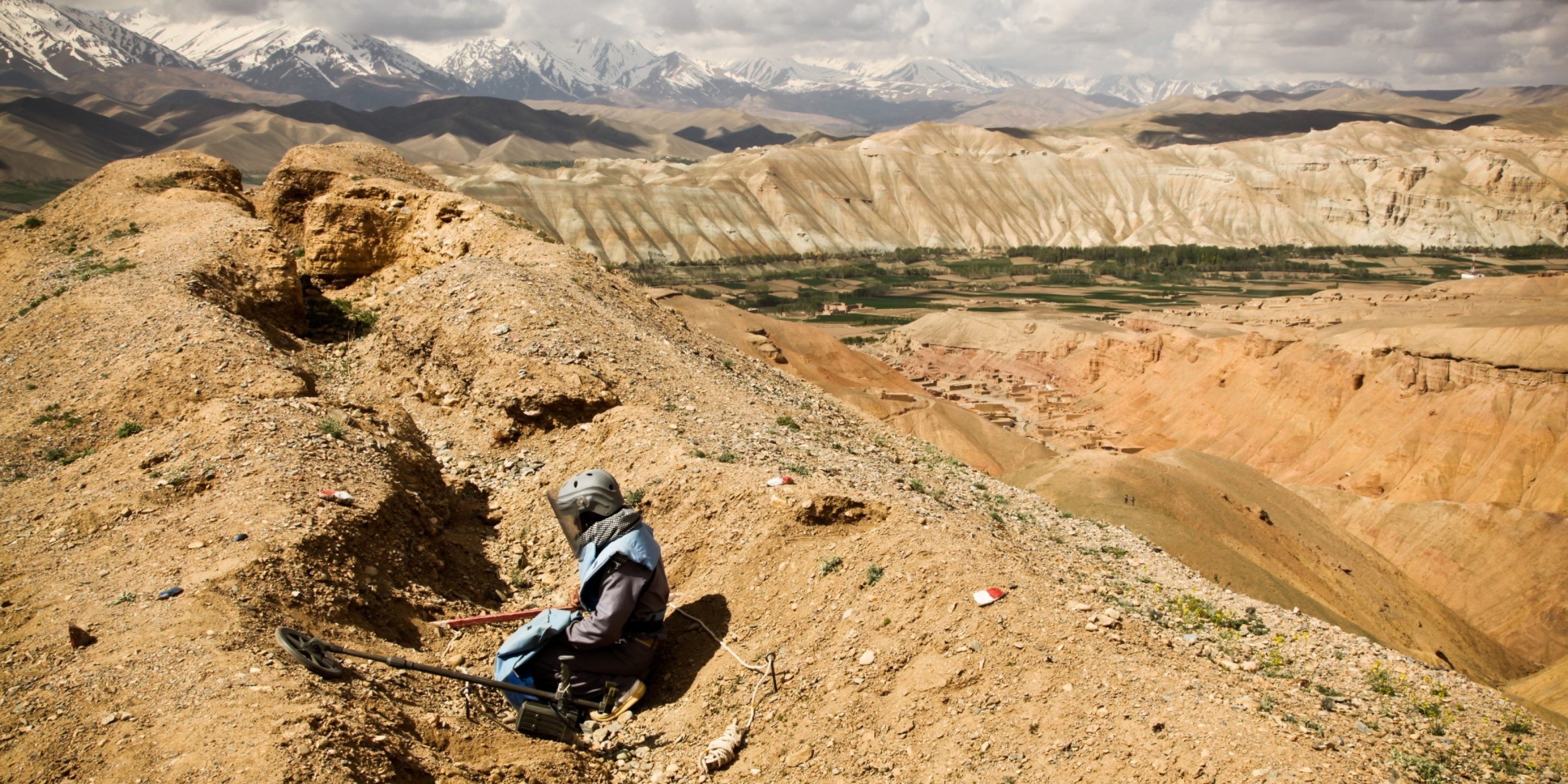The United Nations Office for Project Services (UNOPS)

Améliorer la sûreté et la sécurité en situation d’après-conflit
Les engins explosifs empêchent des enfants d’aller à l’école et des agriculteurs de travailler la terre, en plus d’entraver l’acheminement de l’aide humanitaire à ceux qui en ont le plus besoin. Chaque année, ces engins tuent ou blessent des milliers de personnes partout dans le monde.
Since 1997, UNOPS has been working with the United Nations Mine Action Service (UNMAS) to help make the world a safer place.
UNMAS works collaboratively to ensure effective, proactive and coordinated responses to the problems of landmines and explosive remnants of war. The organization supports the United Nation's vision: "a world free of the threat of landmines and unexploded ordnance, where individuals and communities live in a safe environment conducive to development, and where mine survivors are fully integrated into their societies."
Mine action to improve humanitarian situations around the world has taken various forms and shapes over the years. To highlight this work we've chosen a selection of images from our projects supporting UNMAS across the world over the last 19 years.
Democratic Republic of Congo
Democratic Republic of Congo


Nepal
Nepal

Afghanistan
Afghanistan
Despite great efforts made in Afghanistan, the country is still one of the most affected by landmines and explosive remnants of war in the world. Approximately 1,500 communities remain affected across the country.


Western Sahara
Western Sahara
International Day for Mine Awareness and Assistance in Mine Action, UNMAS is highlighting their work throughout Mali. Since the outbreak of conflict in 2012, explosive hazards have presented a new threat in the country, impacting the safety and freedom of movement in the central and northern regions.
Explore the interactive map below to learn more.












